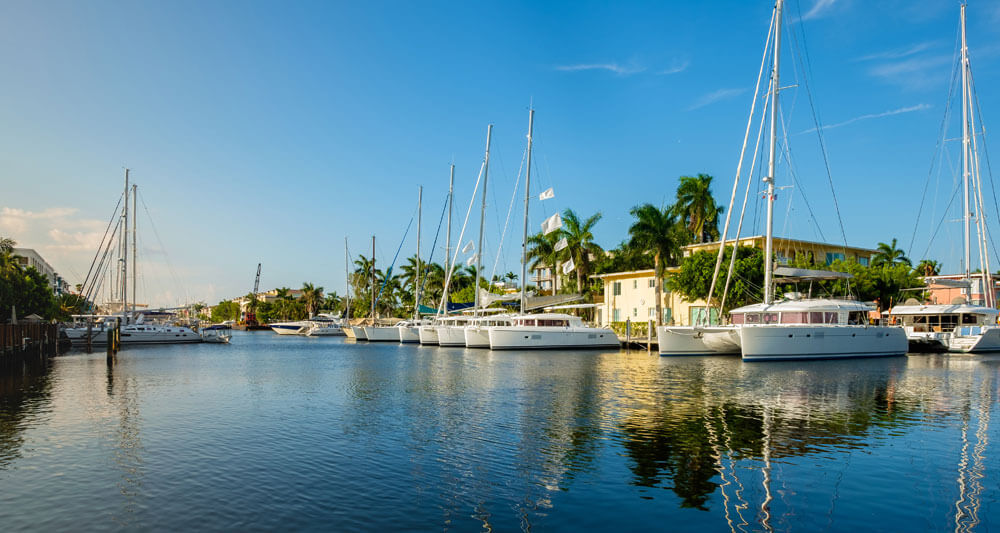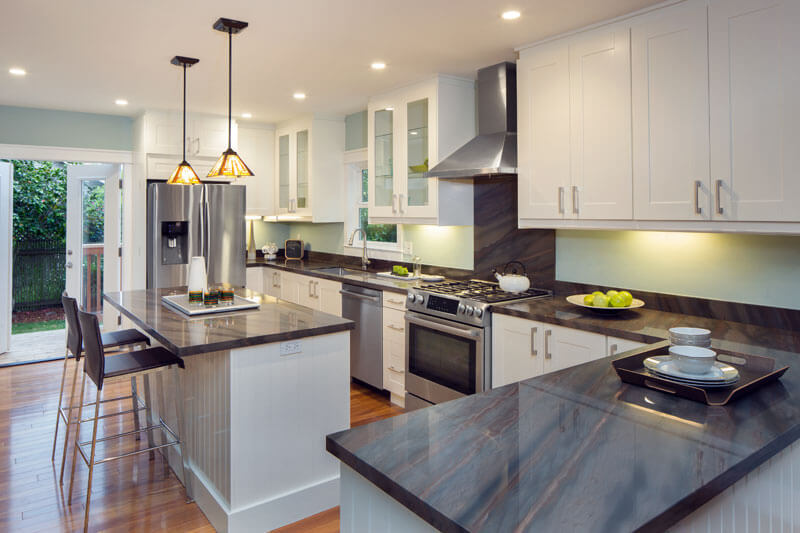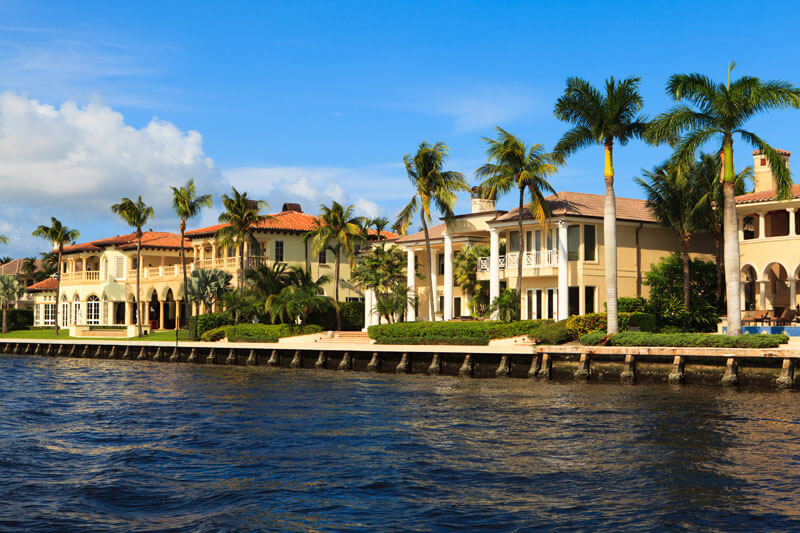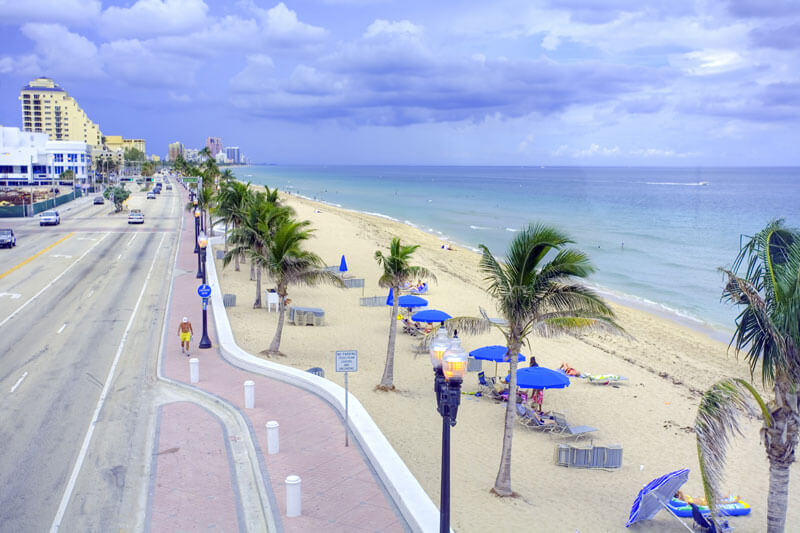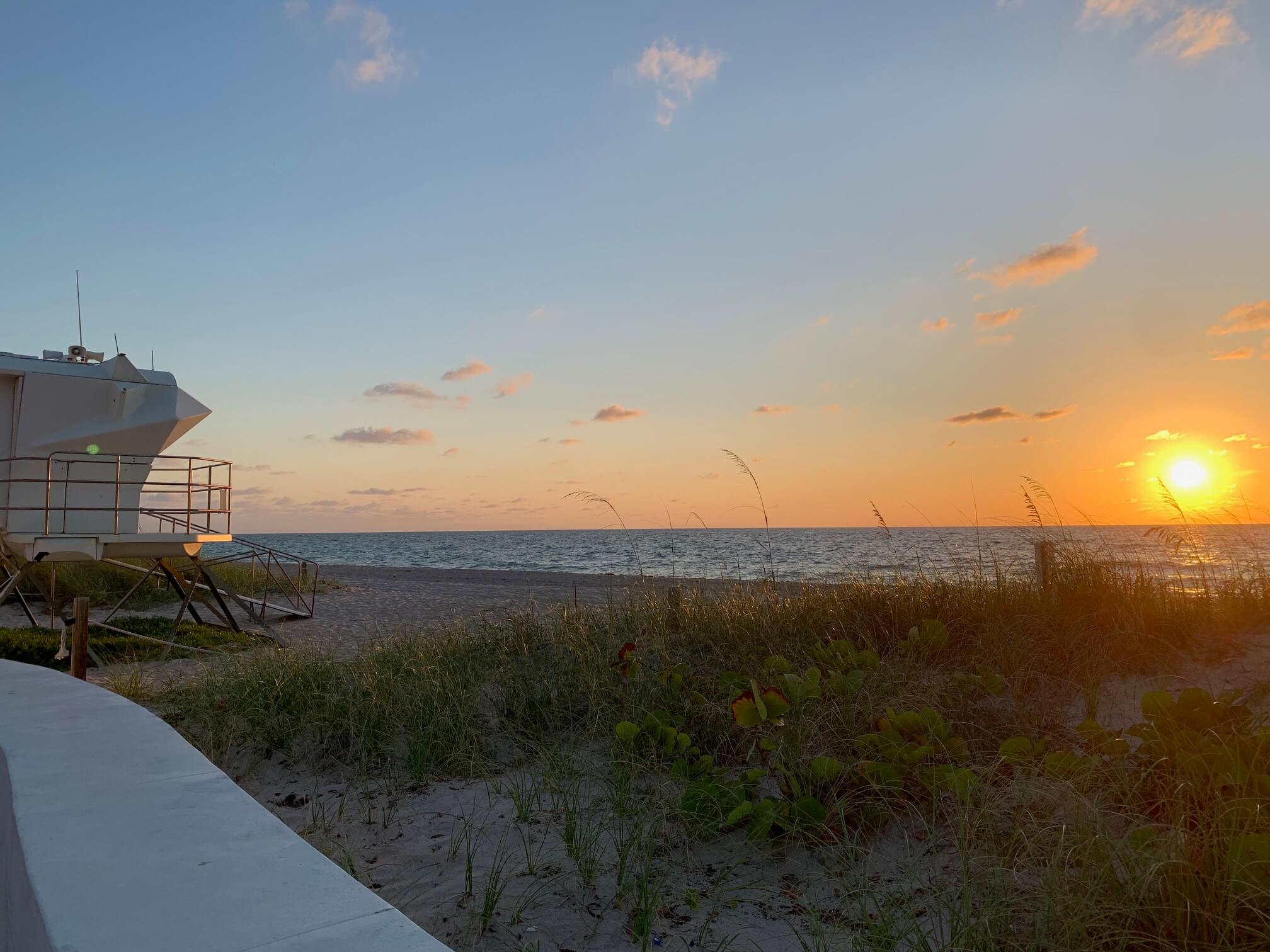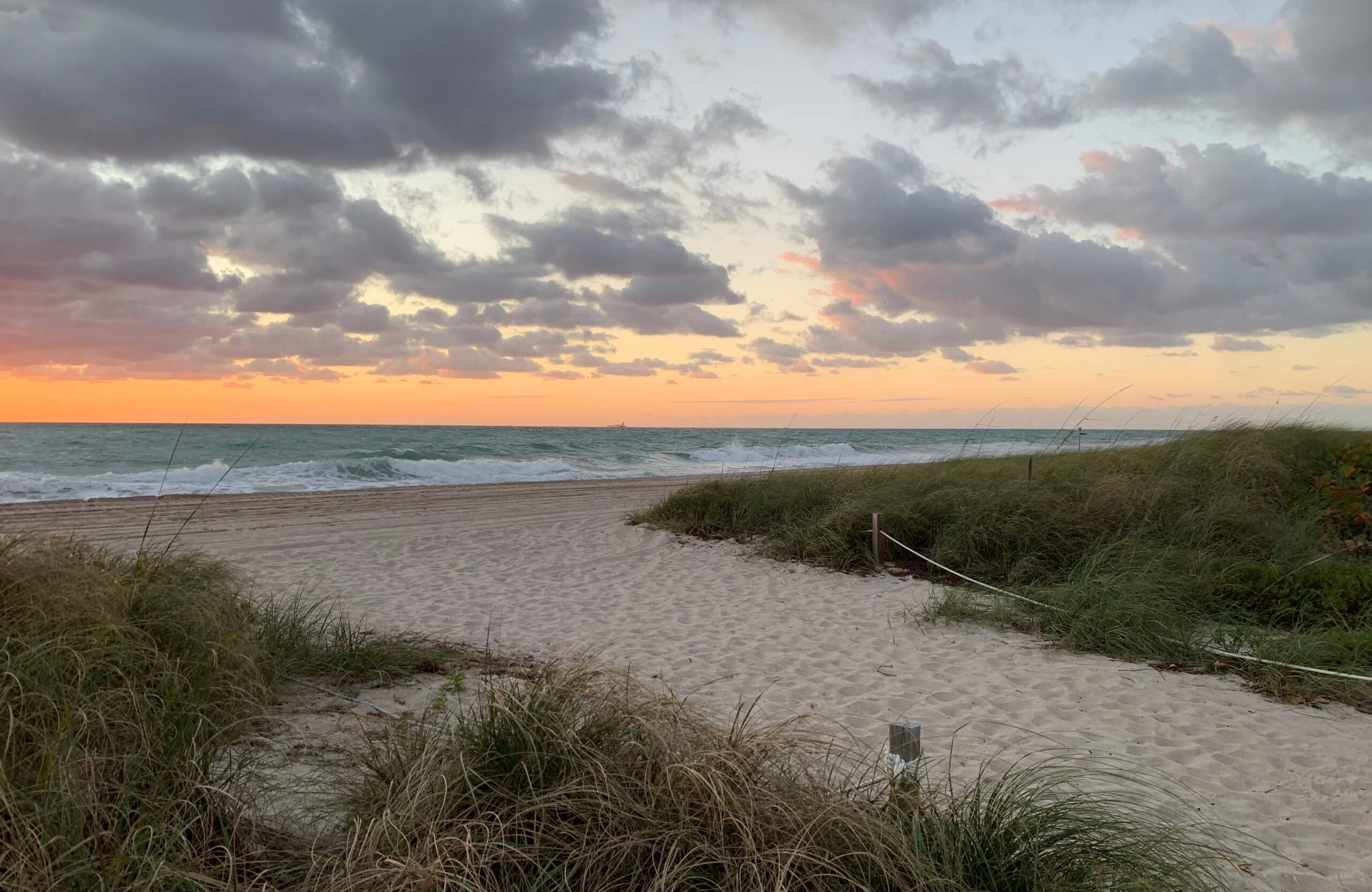South Florida Home Sales Show Solid Growth for 2015

Both home sales and prices were on the rise in the South Florida housing market in 2015. Despite a small dip in the fourth quarter slowing its momentum heading into 2016, the overall market has performed well showing many signs of good health.
The Florida Realtors shared that 49,238 existing single family homes were sold in the tri-county region last year which was up nearly 10% from the year prior. The median sales price also was up by 6.4% at $282,000. Sales isolated to just the 4th quarter were up by 1.6%.
South Florida growth was faster compared to the rest of the state. Florida had 274,769 single-family home sales in 2015, a 12.4 percent increase, while the median sales price rose 10.1 percent to $196,000.
In the condo market, South Florida had 47,173 sales of existing units in 2015 which was a 1.8% increase. The median sales price also grew by nearly 7% up to $154,900. The fourth quarter showed a small decline in sales. Cash deals have been decreasing due to REO’s drying up in supply along with the number of foreign buyers thinning as the U.S. dollar has been gaining value.
Statewide the condo market has been performing well. There were 114,969 sales of condos in 2015 which was a 6.1% increase from the year prior. The median sales price also increased by 7.1% to $150,000.
“In each of the first three quarters of 2015, we observed double-digit percentage increases in [single-family home] sales on a year-over-year basis,” Florida Realtors Chief Economist Dr. Brad O’Connor said. “Year-over-year growth in 2015’s final quarter was more subdued, signaling a possible return in 2016 to more stable rates of sales growth. We expect home prices, on the other hand, to continue to rise at an elevated pace in 2016, as much of the state is in the midst of an inventory shortage that is likely to persist throughout the year.”
Whether you are planning to buy or sell 2016 shows to be a great year to make a real estate move.


